
McCoy Russell had the opportunity to host INTA’s North America Roundtable at its office in Portland’s Pearl District. The topic was Green Branding and Sustainability Claims: Navigating Trademarks in an Eco-Conscious World this past week. It was a pleasure to get together with other trademark professionals at all levels of experience within the Pacific Northwest and discuss topics of green branding. We also discussed experiences with brands that make sustainability claims, and examined past and on-going court cases related to these issues.
One takeaway that came from the roundtable discussion is for brands to be clear about what these green claims mean and to ensure that such statements are actionable versus aspirational.
McCoy Russell appreciates all those who came out to participate in INTA’s Roundtable – it was great to see such a fantastic turn-out within our trademark community. The firm is grateful for the opportunity to host these roundtables and looks forward to participating in future INTA functions.

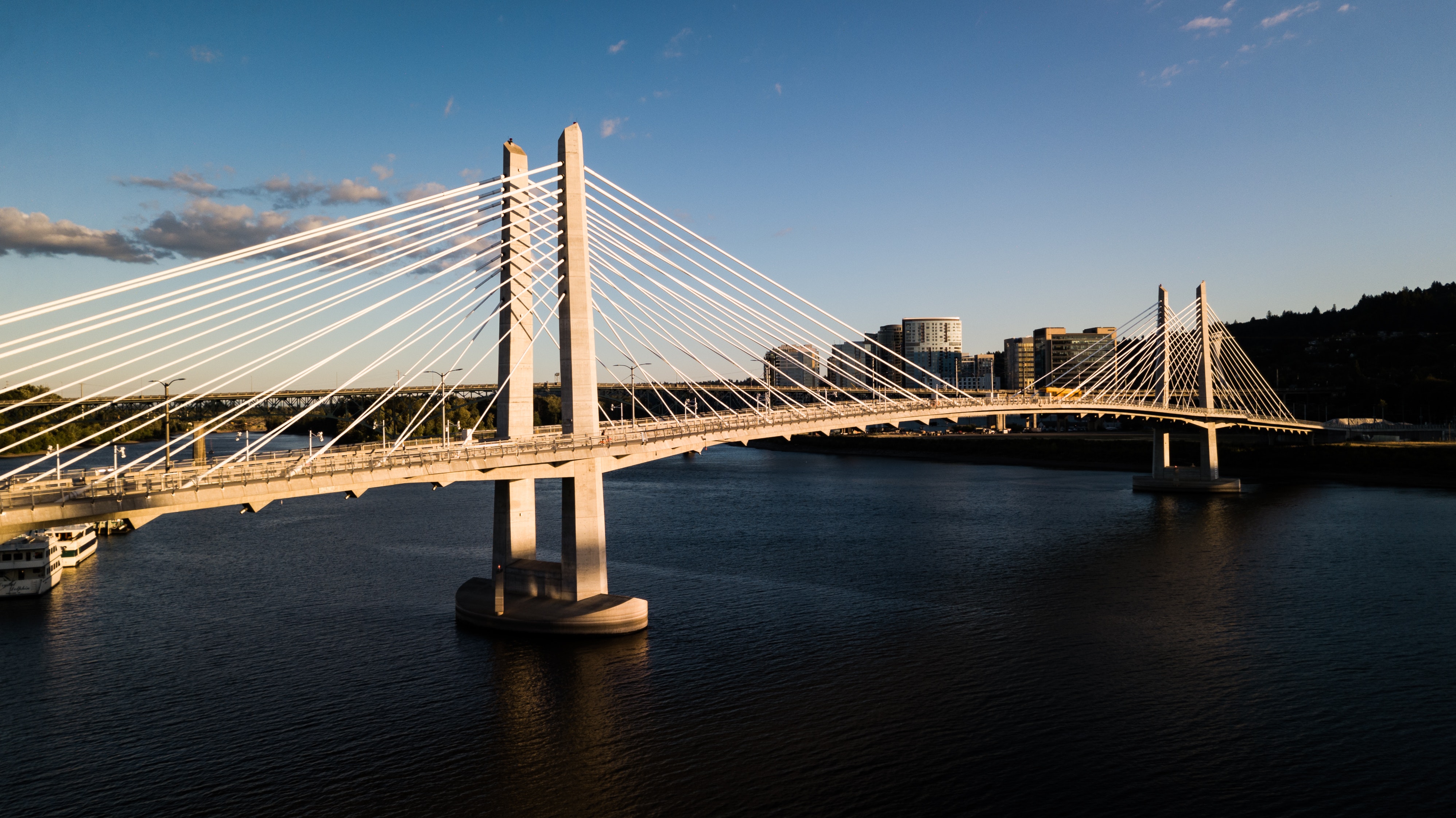
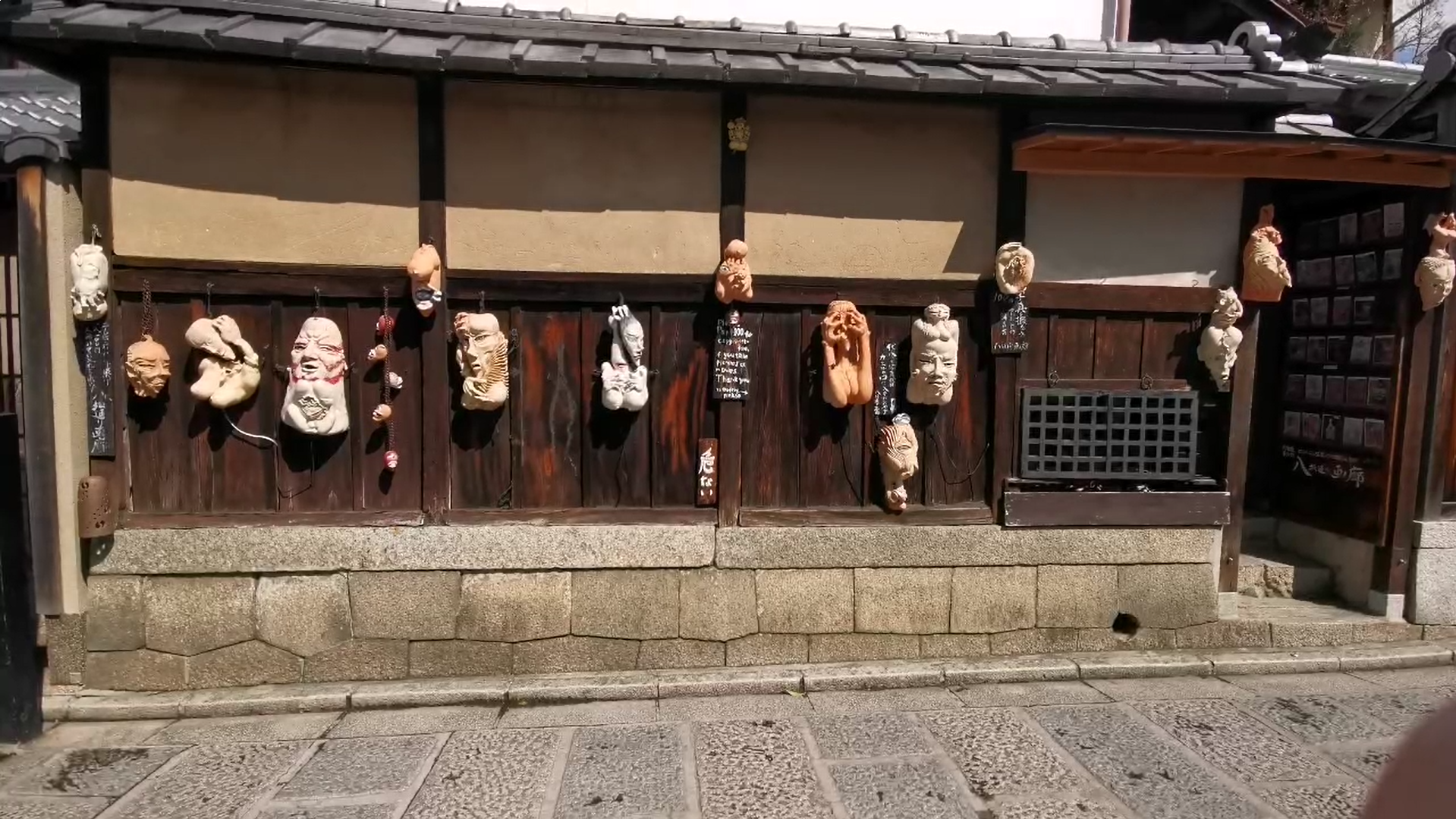
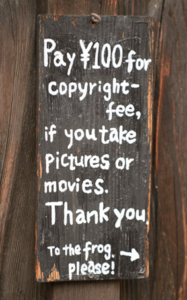

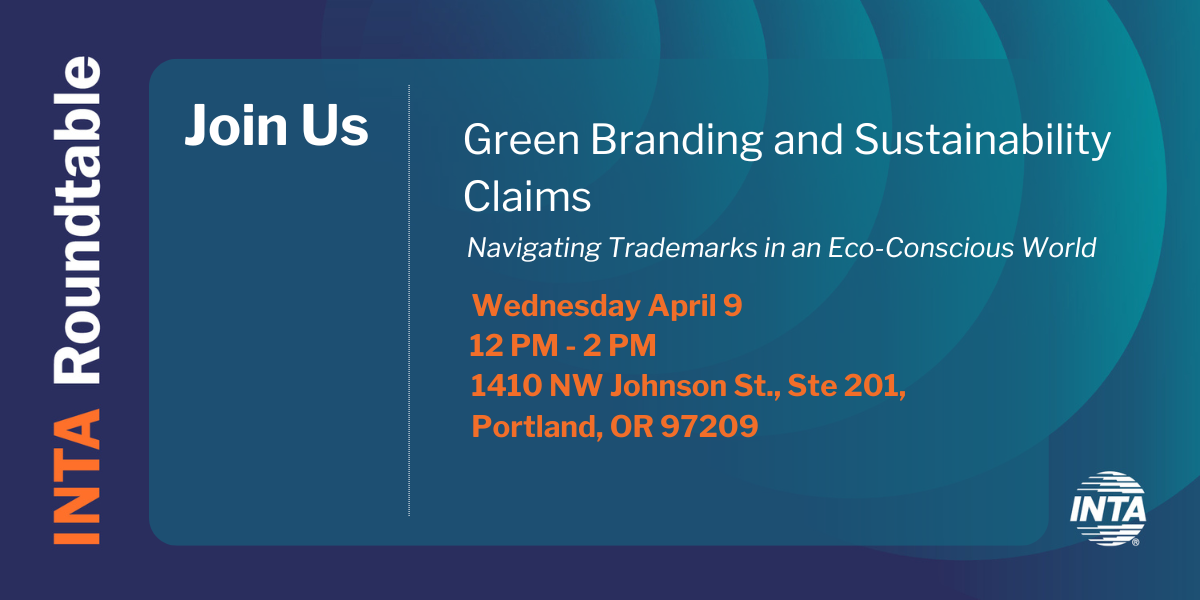



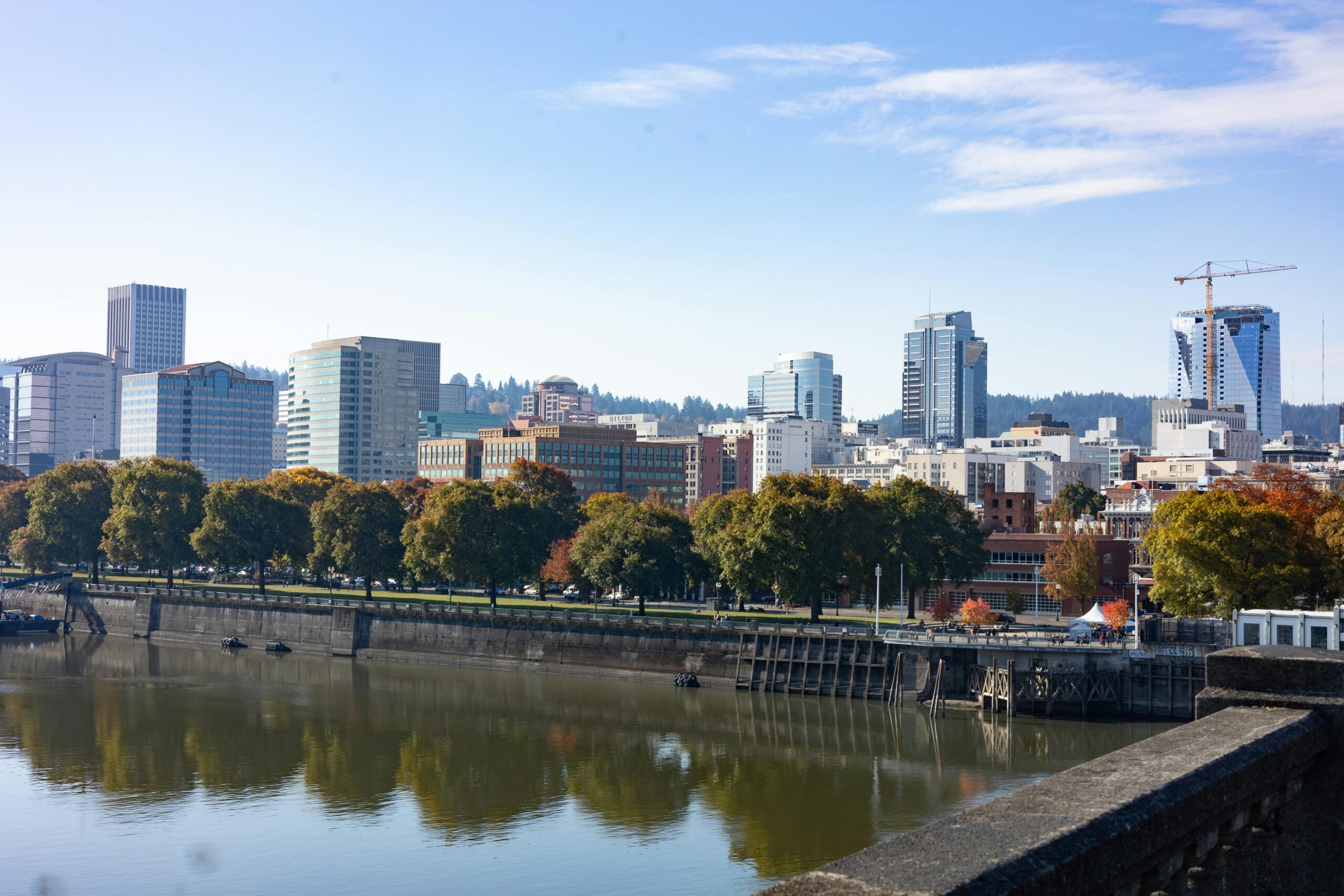

Recent Comments